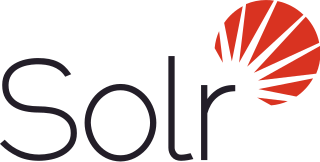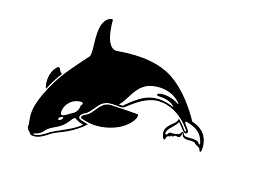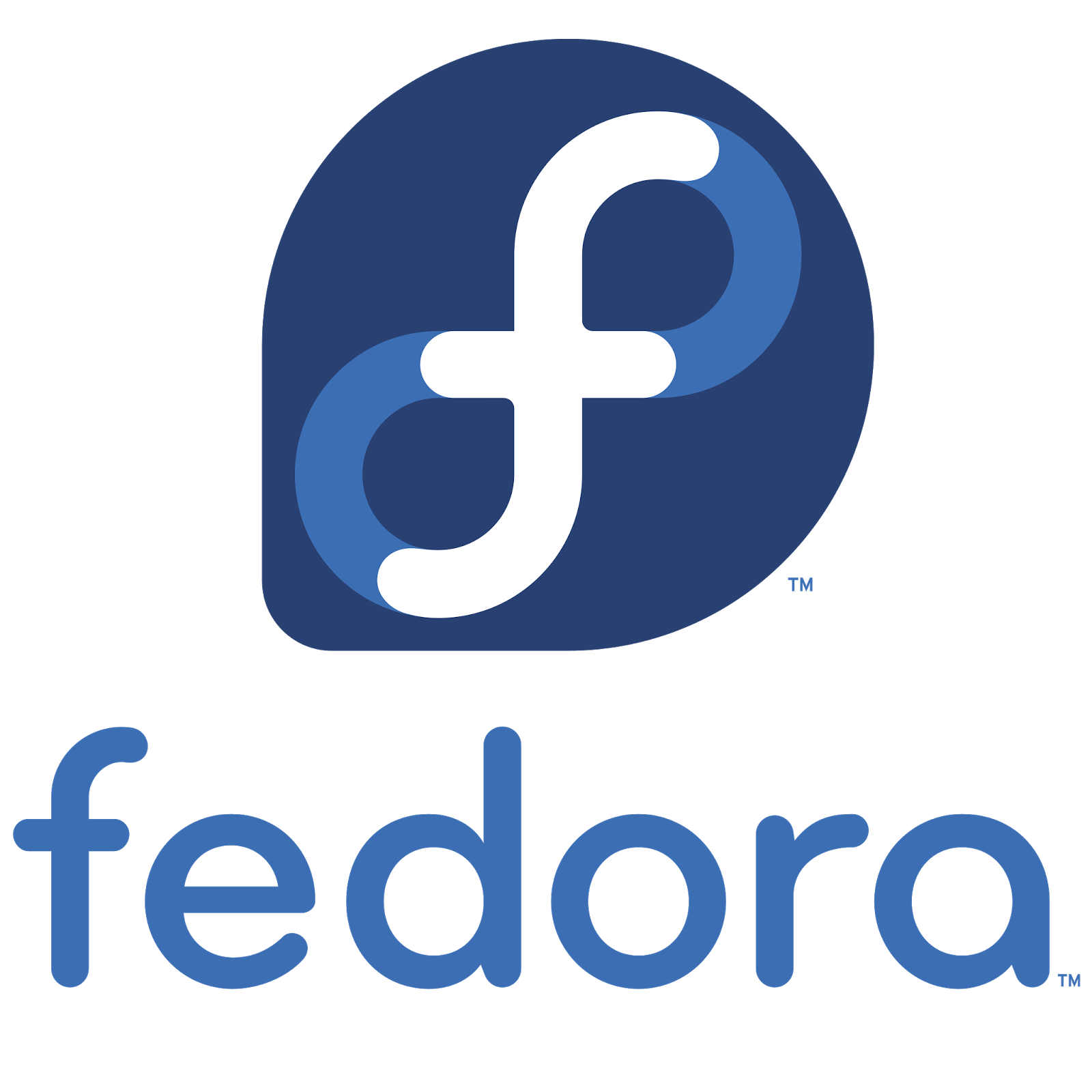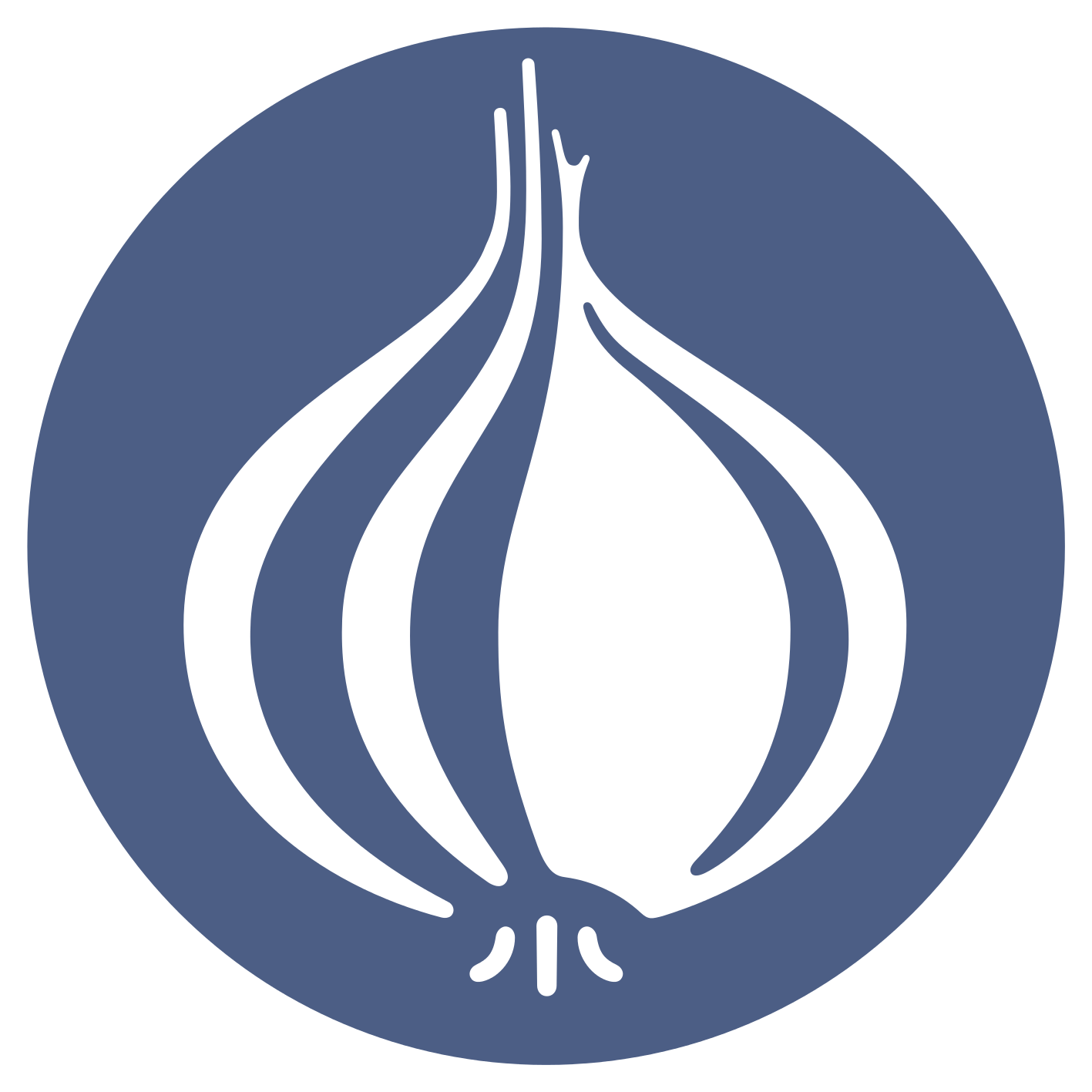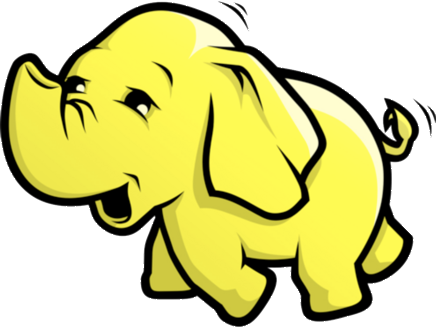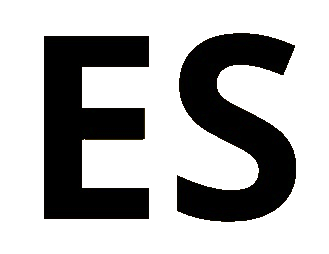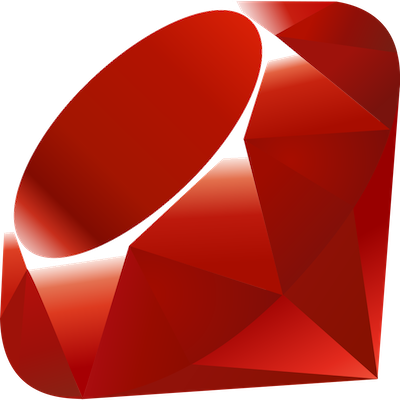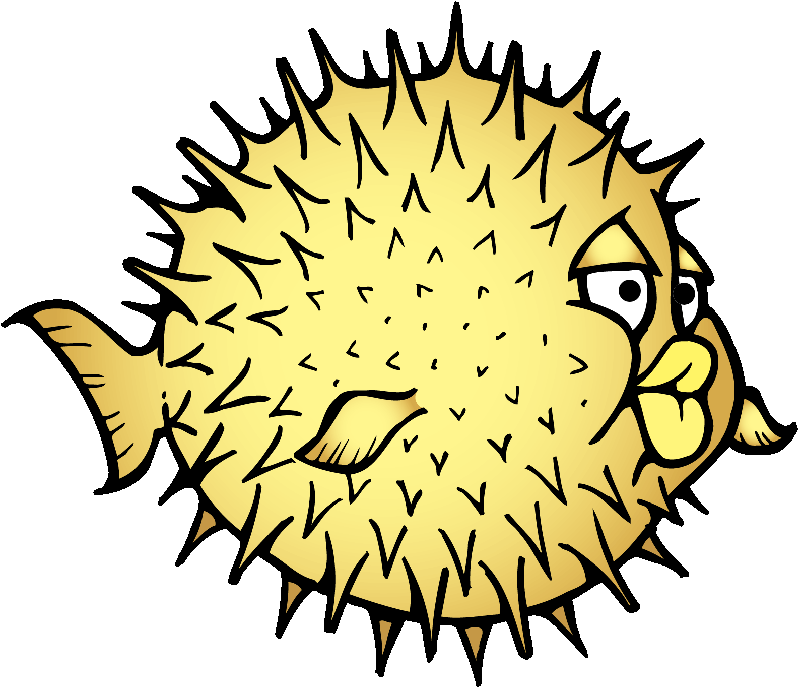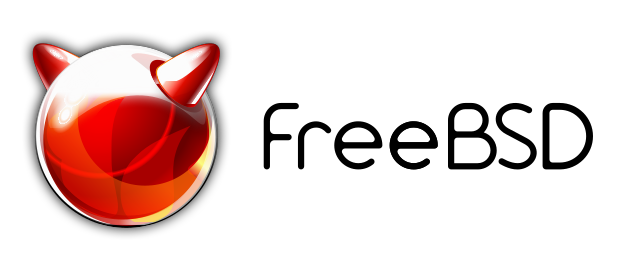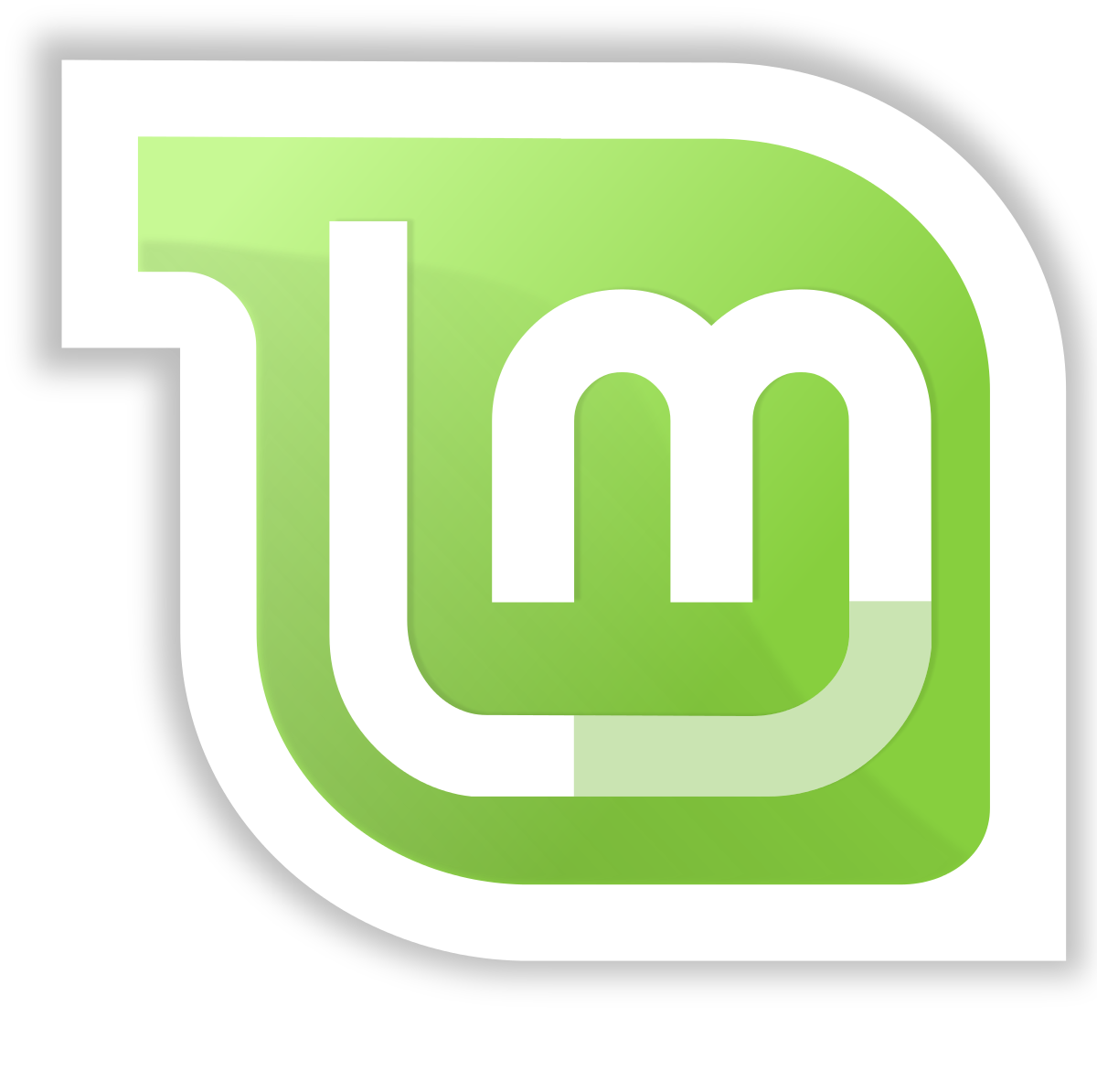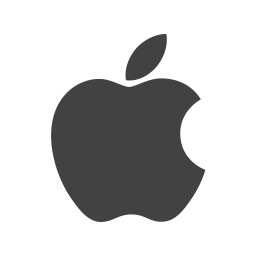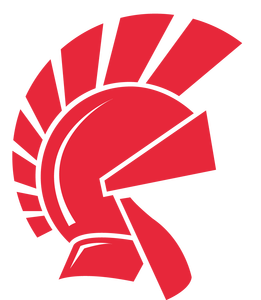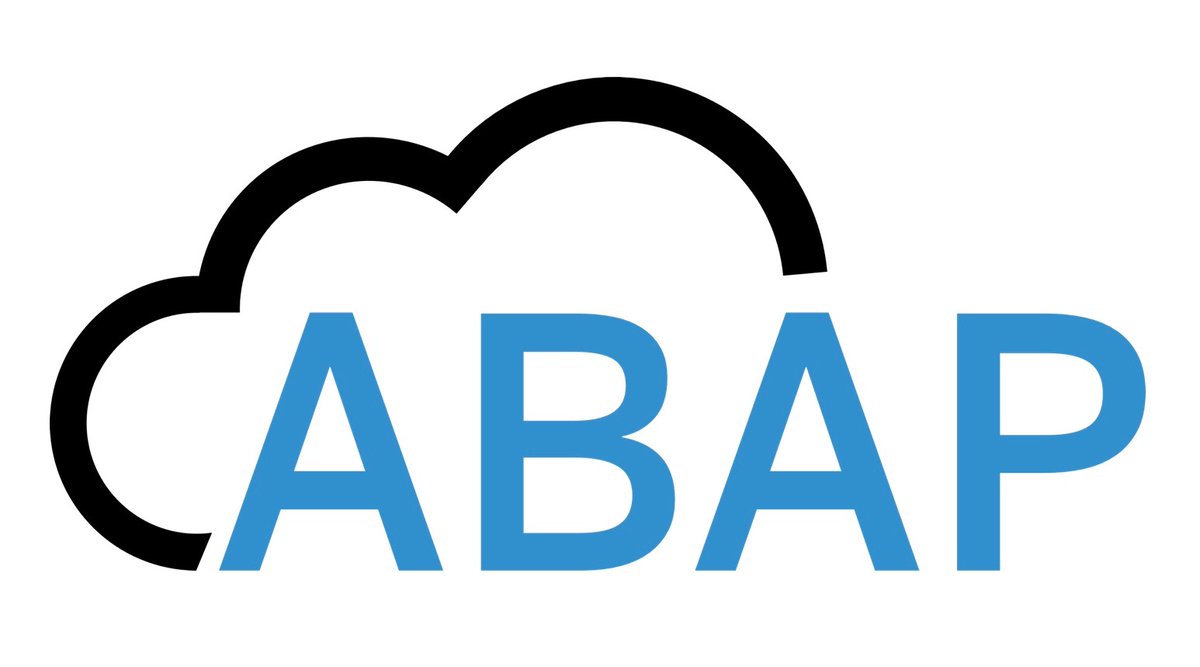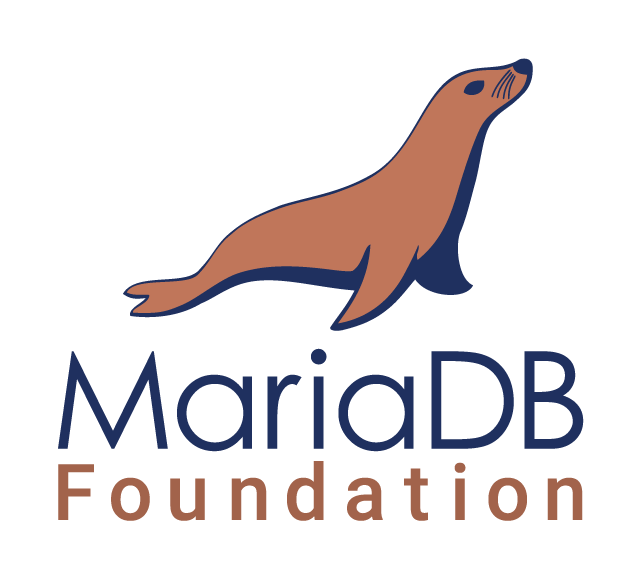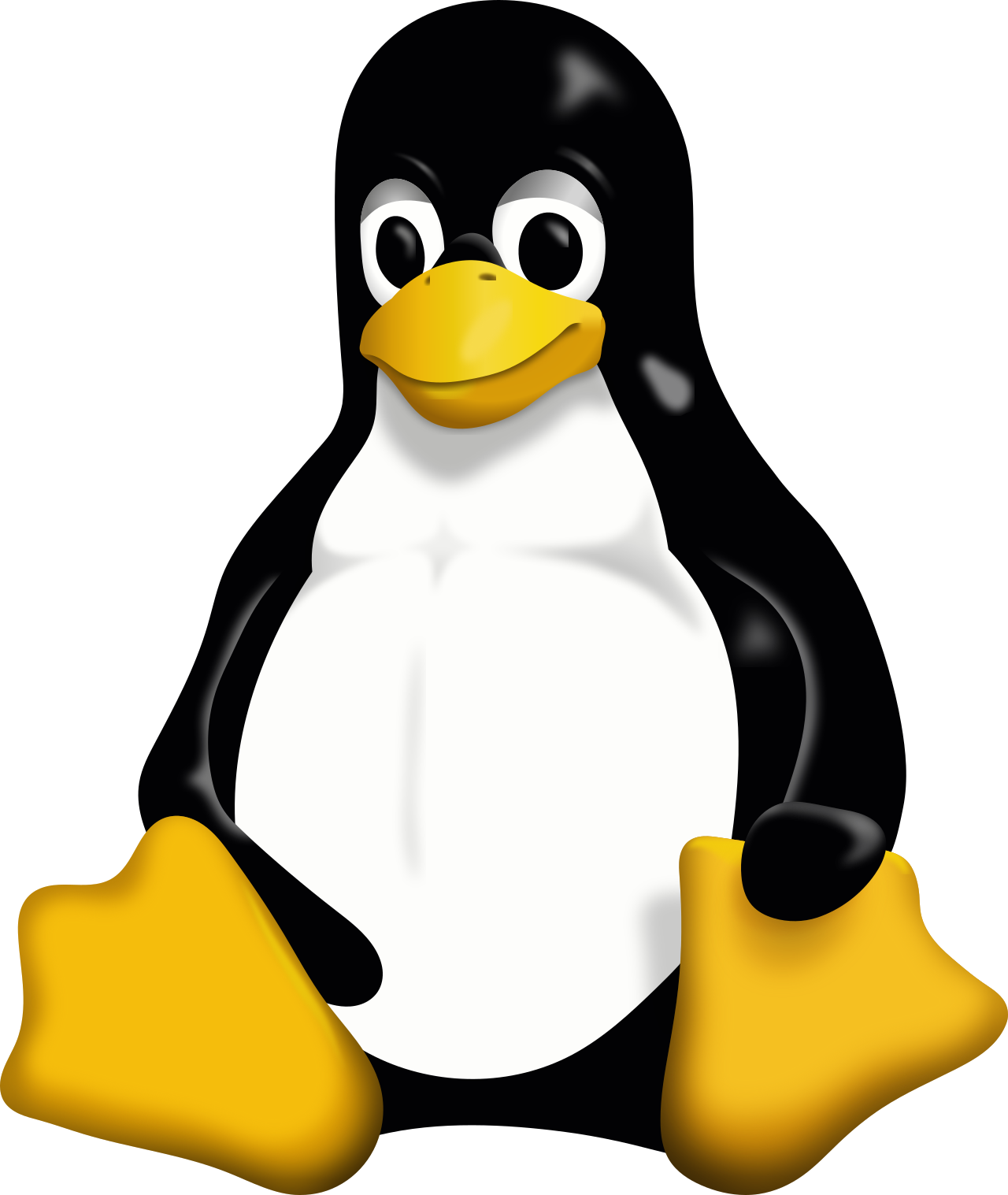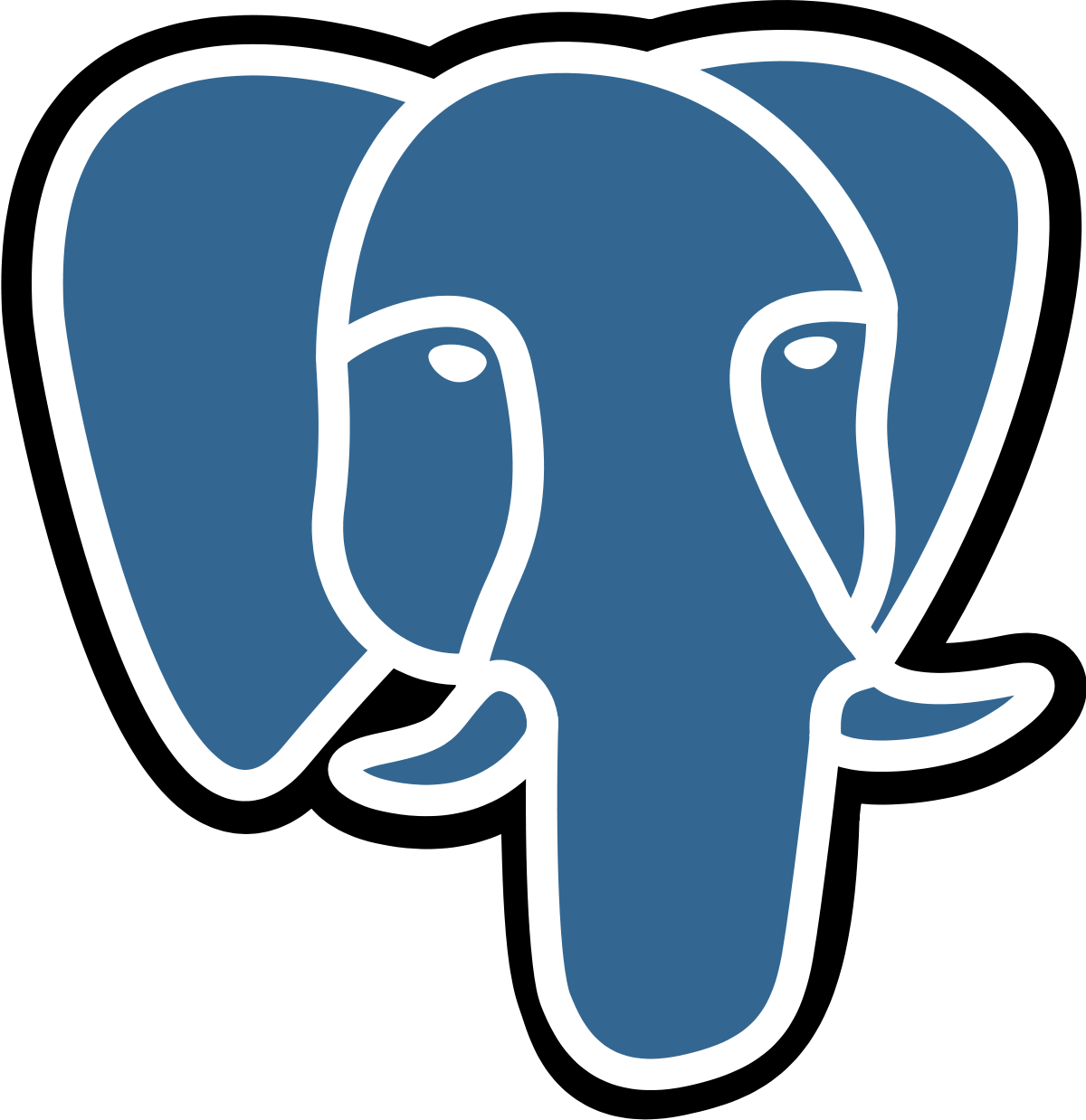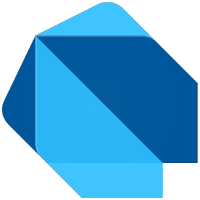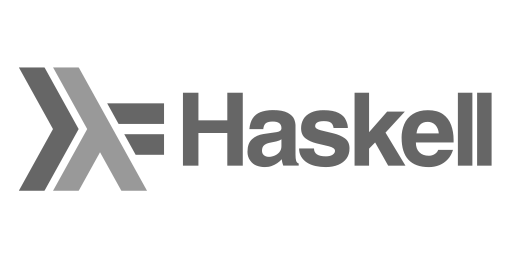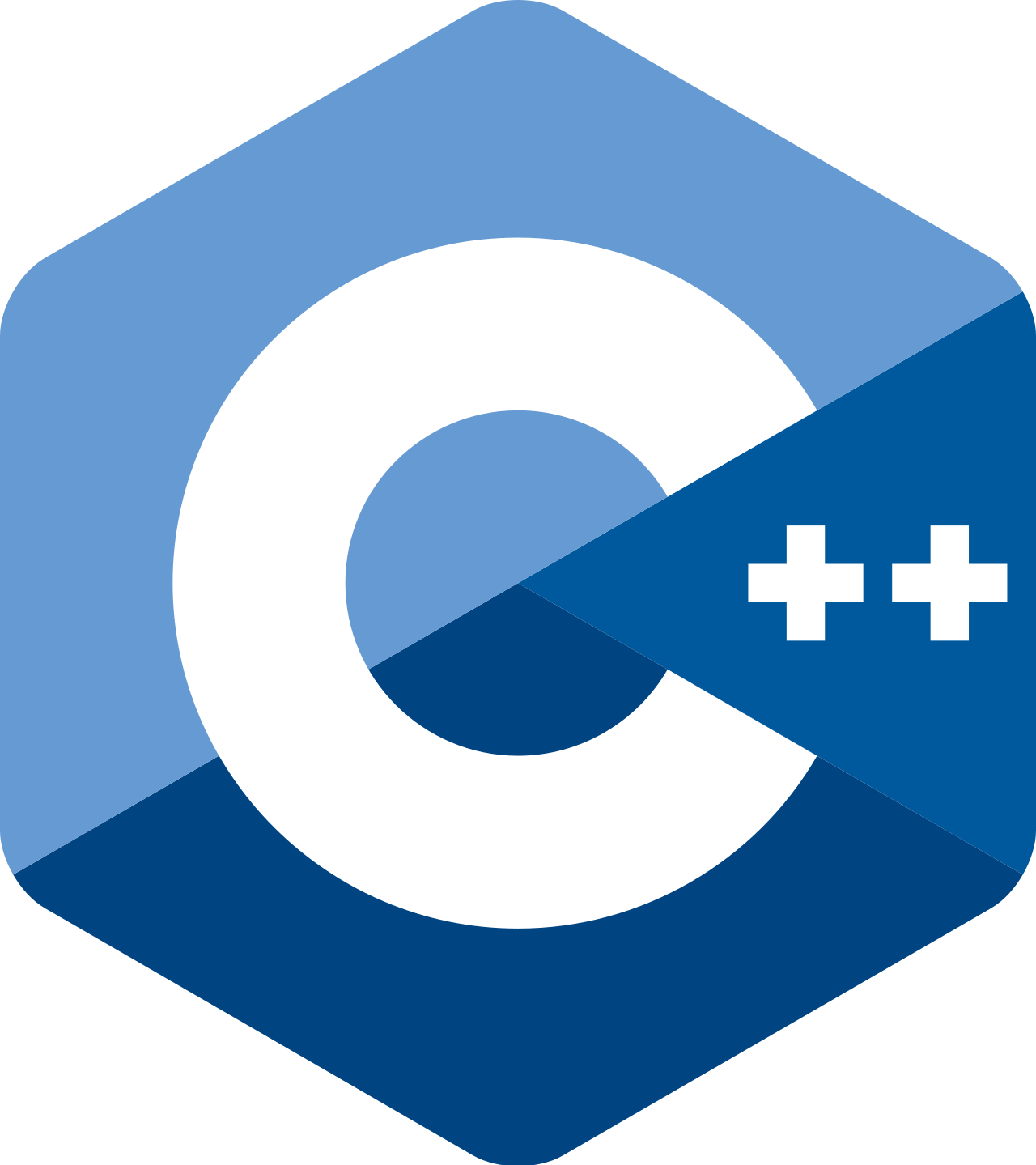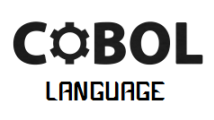Apache Spark is an open-source, distributed processing engine for big data analytics. Developed by the Apache Software Foundation in 2009, it offers libraries for various programming languages and frameworks including Java, Python, R, and Scala. Spark is often referred to as the engine that drives big data analytics and is used in a variety of industries, including health care, manufacturing, banking, and more, to analyze large data sets.
The Apache Spark release cycle is designed to help ensure that the software is updated regularly with new features, bug fixes, and optimization improvements. With each release, the Apache Spark team adds new features, improves existing features, and makes changes to optimize Spark performance. The release cycle allows developers to choose the right version of Spark for their use case, ensuring maximum performance, stability, and compatibility.
Read more

